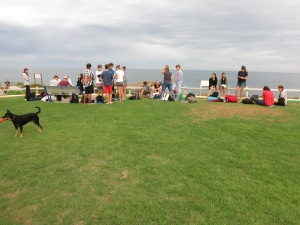
Prep. before heading down to start the fieldwork

Padina spp. (the brown algae, centre) growing in Asparagopsis spp, (the red algae), showing the high algal diversity at Cottesloe Reef
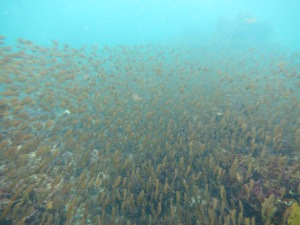
Schools of small fish were common

Ecklonia radiata (common kelp) are the dominant benthic species in the outer habitat zones of Cottesloe Reef
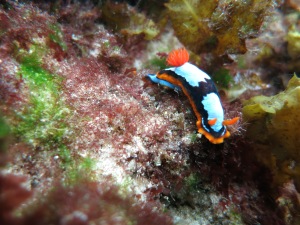
Chromodoris westraliensis (nudibranch) is one of the star attractions off Cottesloe Reef

Red Lipped Morwong (Cheilodactylus spectablis)
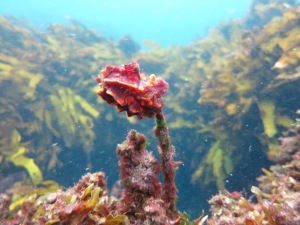
Beleive it or not, these sea tulips (Pyura spinifera) are actually an animal – they are ascidians
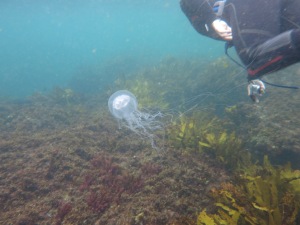
Stingers proved a nuisance during our April trips!

Halophila ovalis – an ephemeral seagrass species – was common across the Cottesloe Ecosystem
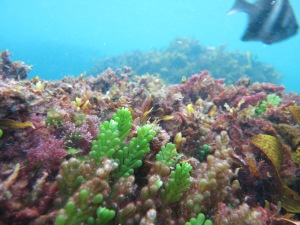
Caulerpa (sea grapes) was another common green algae in the outer habitat areas

Zoanthids at Cottesloe Reef
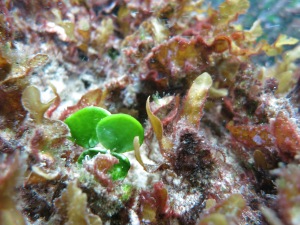
Halimeda spp. from Cottesloe Reef

Certain fish and algae species only grew in some habitat zones
Photo:Rebecca Dracup
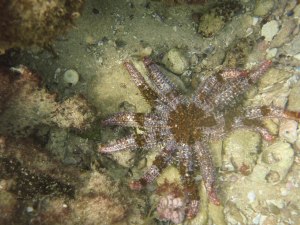
Echinoderms were common at Cottesloe Reef
Photo:Rebecca Dracup



Hi,
Do you know what the scientific name of the last photo is ( the starfish)?
Hi Elly,
As a seagrass ecologist, starfish taxonomy is way outside my area of expertise, so I’m afraid I don’t know the name of this species.
There is a fantastic book by Graham Edgar (http://www.publish.csiro.au/pid/7016.htm) called ‘Australian Marine Life’ that may be able to shed some more light though; it provides detailed photos and descriptions of most of the flora and fauna in Australian waters, so there is a good chance that it could be identified there. You actually have me intrigued as well, so the next time I’m passing the library I might pop in and have a look!
Sorry I can’t help you more, and if you find out the answer, please let me know.
Hi Elly,
I tracked down the pop I was telling you about – to me it looks as if the starfish in the photo is Coscinasterias muricata. It is also known as the 11 armed sea star, so it fits the bill! Apparently it is an active predator of molluscs and is considered a keystone species – pretty cool!